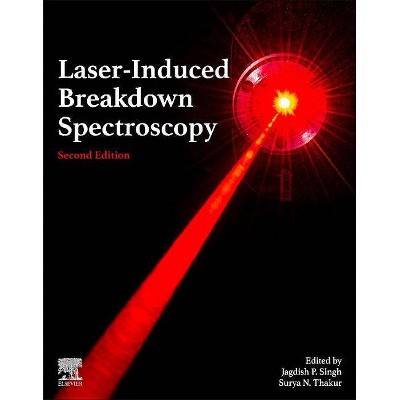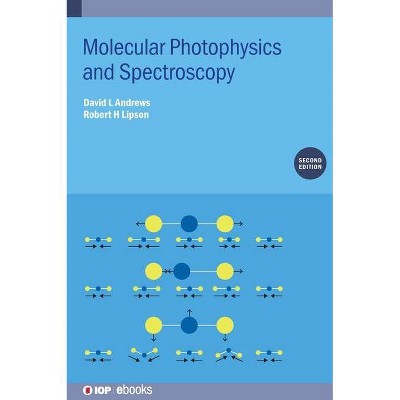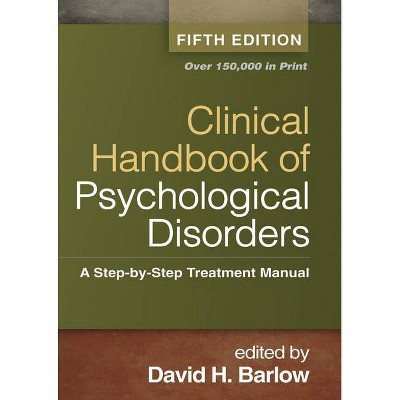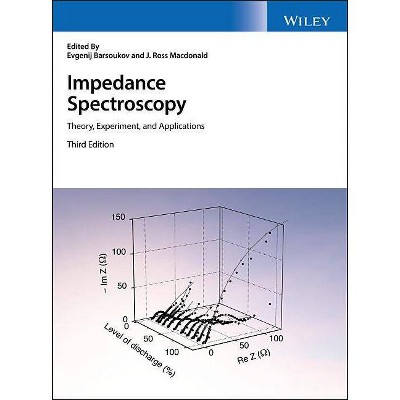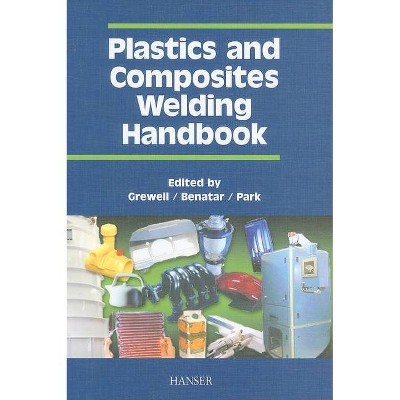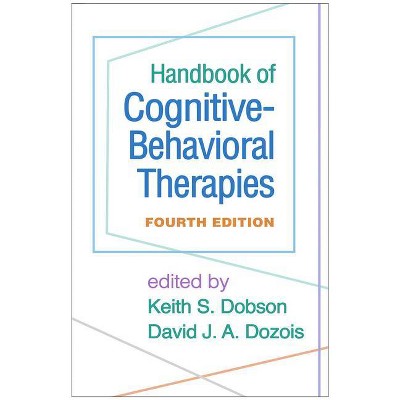Handbook of Laser-Induced Breakdown Spectroscopy, 2nd Edition - by David A Cremers (Hardcover)
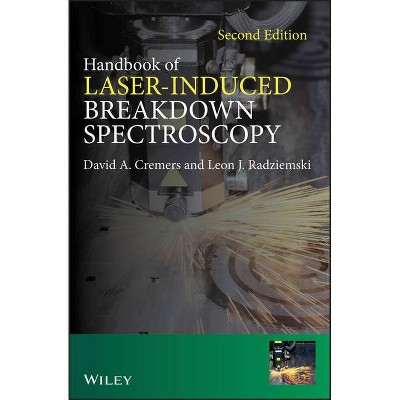
Similar Products
Products of same category from the store
AllProduct info
<p/><br></br><p><b> About the Book </b></p></br></br>"Starting from fundamentals and moving through a thorough discussion of equipment, methods, and techniques, the Handbook of Laser-Induced Breakdown Spectroscopy provides a unique reference source that will be of value for many years to come for this important new analysis method. The authors, with a total of over 60 years of experience in the LIBS method, use a combination of tutorial discussions ranging from basic principles up to more advanced descriptions along with extensive figures and photographs to clearly explain topics addressed in the text. In this second edition, chapters on the use of statistical analysis and advances in detection of weapons of mass destruction have been added. Tables of data related to analysis with LIBS have been updated. The Handbook of Laser-Induced Breakdown Spectroscopy, Second Edition: provides a thorough but understandable discussion of the basic principles of the method based on atomic emission spectroscopy, including recently available data leading to better characterization of the LIBS plasma; presents a discussion of the many advantages of the method along with limitations, to provide the reader a balanced overview of capabilities of the method; describes LIBS instrumentation ranging from basic set-ups to more advanced configurations; presents a comprehensive discussion of the different types of components (laser, spectrometers, detectors) that can be used for LIBS apparatuses along with suggestions for their use, as well as an up-to-date treatment of the newest advances and capabilities of LIBS instruments; presents the analytical capabilities of the method in terms of detection limits, accuracy, and precision of measurements for a variety of different sample types; discusses methods of sampling different media such as gases, liquids, and solids; presents an overview of some real-world applications of the method, with new emphasis on sampling of biologically and physically dangerous materials; provides an up-to-date list of references to LIBS literature along with the latest detection limits and a unique list of element detection limits using a uniform analysis method; provides annotated examples of LIBS spectra which can serve as references for the general reader and will be especially useful for those starting out in the field. "--<p/><br></br><p><b> Book Synopsis </b></p></br></br><p>Starting from fundamentals and moving through a thorough discussion of equipment, methods, and techniques, the <i>Handbook of Laser-Induced Breakdown Spectroscopy</i> provides a unique reference source that will be of value for many years to come for this important new analysis method. The authors, with a total of over 60 years of experience in the LIBS method, use a combination of tutorial discussions ranging from basic principles up to more advanced descriptions along with extensive figures and photographs to clearly explain topics addressed in the text. In this second edition, chapters on the use of statistical analysis and advances in detection of weapons of mass destruction have been added. Tables of data related to analysis with LIBS have been updated. </p> <p>The <i>Handbook of Laser-Induced Breakdown Spectroscopy, Second Edition</i> </p> <ul> <li>provides a thorough but understandable discussion of the basic principles of the method based on atomic emission spectroscopy, including recently available data leading to better characterization of the LIBS plasma;</li> <li>presents a discussion of the many advantages of the method along with limitations, to provide the reader a balanced overview of capabilities of the method;</li> <li>describes LIBS instrumentation ranging from basic set-ups to more advanced configurations;</li> <li>presents a comprehensive discussion of the different types of components (laser, spectrometers, detectors) that can be used for LIBS apparatuses along with suggestions for their use, as well as an up-to-date treatment of the newest advances and capabilities of LIBS instruments;</li> <li>presents the analytical capabilities of the method in terms of detection limits, accuracy, and precision of measurements for a variety of different sample types;</li> <li>discusses methods of sampling different media such as gases, liquids, and solids;</li> <li>presents an overview of some real-world applications of the method, with new emphasis on sampling of biologically and physically dangerous materials;</li> <li>provides an up-to-date list of references to LIBS literature along with the latest detection limits and a unique list of element detection limits using a uniform analysis method;</li> <li>provides annotated examples of LIBS spectra which can serve as references for the general reader and will be especially useful for those starting out in the field.</li> </ul><p/><br></br><p><b> From the Back Cover </b></p></br></br><p><b>Handbook of LASER-INDUCED BREAKDOWN SPECTROSCOPY</b></br> Second Edition <p>This fully updated new edition of the <i>Handbook of Laser-Induced Breakdown Spectroscopy</i> presents: <ul> <li>Comprehensive coverage of the basic principles of LIBS methodology</li> <li>A discussion of the many advantages of the method, along with limitations, providing a balanced overview of its capabilities</li> <li>The different types of components that can be used for LIBS apparatuses</li> <li>The methods of sampling in different media</li> <li>An overview of real-world applications of the method.</li> </ul> <p>The authors have included in this second edition: <ul> <li>New chapters on: </li> <ul> <li>the rapidly growing area of chemometric-based analysis of LIBS spectra for the identification of complex materials</li> <li>some of the latest LIBS applications including design and capabilities of an open path stand-off instrument</li> </ul> <li>End-of-chapter Problems to challenge the reader's understanding</li> <li>Updated data tables related to analysis using LIBS</li> <li>A new Appendix showing annotated LIBS spectra</li> </ul> <p><b>Review of the First Edition</b> <p>'<i>I just read the</i> Handbook of Laser-Induced Breakdown Spectroscopy <i>straight through in one sitting - it is a wonderful book that will be useful for those just starting in LIBS or those specialists needing a concise summary of a particular area with a current set of references.</i> <p><i>As a LIBS researcher (U.C. San Diego Jacobs School of Engineering) and practitioner (TSI, Inc.), my hat is off to Dave Cremers and Lee Radziemski for a terrific contribution. If you're interested in LIBS, I recommend this book!'</i> <p><b>Steven G. Buckley, TSI, Inc.</b><p/><br></br><p><b> About the Author </b></p></br></br><p><b>David A. Cremers, </b> <i>Applied Research Associates Inc, Albuquerque, NM, USA</i> <p><b>Leon J. Radziemski, </b> <i>Tucson, AZ, USA</i>
Price History
Price Archive shows prices from various stores, lets you see history and find the cheapest. There is no actual sale on the website. For all support, inquiry and suggestion messagescommunication@pricearchive.us
